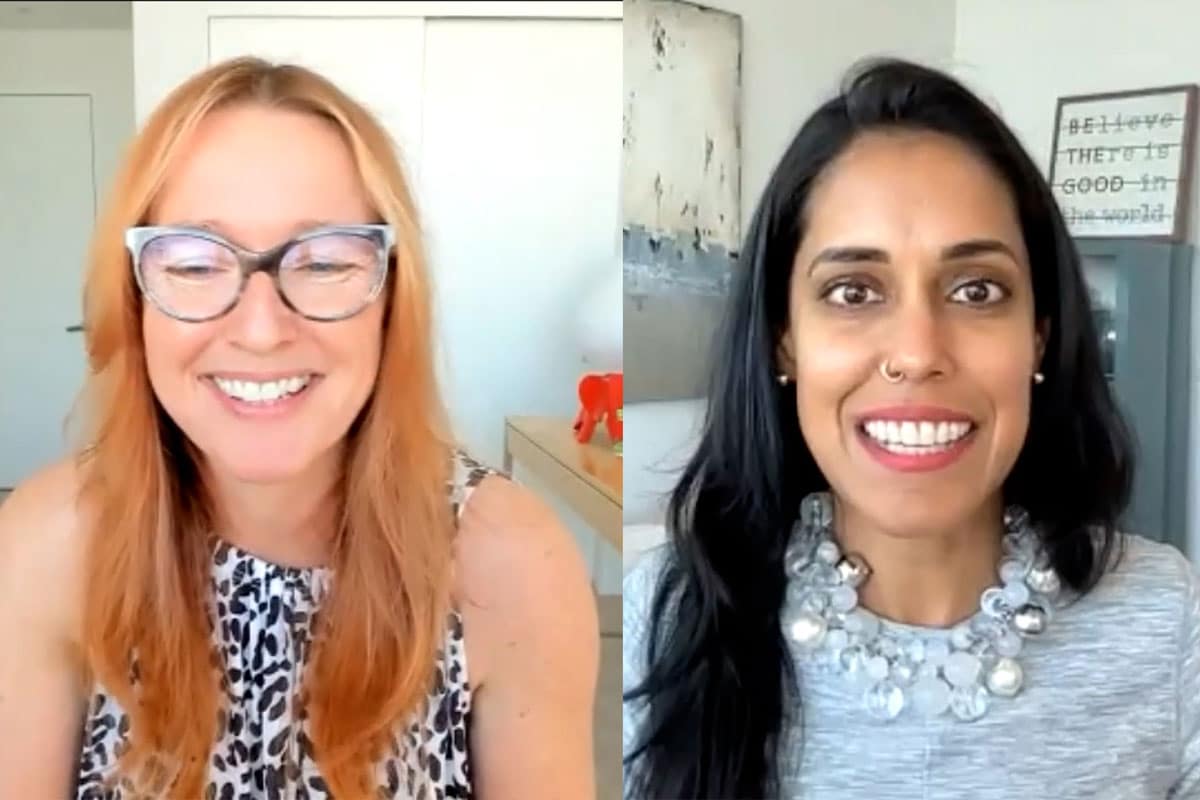
Excerpted from the new book How to Be an Ally: Actions You Can Take for a Stronger, Happier Workplace (McGraw-Hill) by Melinda Briana Epler
When we do our work as allies to reduce microaggressions, we often focus on verbal microaggressions. However, nonverbal microaggressions can be just as harmful. Here are three workplace nonverbal microaggressions to eliminate:
Invisibilization
Invisibilization is a form of othering: “I don’t see you or recognize you.” This could happen in meetings or events, where no one introduces themselves to a person with an underrepresented identity. Or walking past someone and pretending they don’t exist. This happens to me often in my own neighborhood in San Francisco, the heart of the tech industry: men will literally run into me because they don’t see me, or expect me to move out of their way.
Examples:
Be mindful of inclusion in meetings—invite people to be in the room where decisions are made, with a powerful position at that table. Ensure everyone is introduced to one another. Acknowledge, listen, humanize, and empathize.
Not paying attention
Examples:
Give people your full attention. Put down your phone, close your laptop, and pay attention. Practice empathetic listening. Use open body language and facial expressions that connect with the speaker, show you are truly listening and care what they have to say. If someone is new to a group or company, the only person like them in the room, or just nervous, this can make a huge difference. And you may also find that you remember more about what they say.
This can be especially challenging In the virtual workplace, as our facial expressions are highlighted on the screen. We often move from Zoom to Zoom and carry energy from the meetings before, or general lethargy and disinterest because we’ve had so many meetings. It shows on our faces and body language and can be hard on anyone trying to run a meeting or share their ideas. Take a moment between meetings to reset your energy.
Avoidance
When we fear saying or doing the wrong thing, we might avoid someone altogether. This avoidance can have long-term effects on someone’s life.
Examples:
The first time I learned about avoidance was in 2016 while talking with Victor Calise, Commissioner of the New York City Mayor’s Office for People with Disabilities. Earlier that year we held our Ability in Tech Summit to address diversity, equity, and inclusion for people with disabilities in tech. I shared with him that for our career fair portion of the event, tech companies repeatedly said they “couldn’t” come because their teams had not been trained on how to talk to people with disabilities, or they didn’t know how to accommodate them. Victor told me avoidance is commonly experienced by people with disabilities—and since then I’ve recognized similar avoidance happening with Black, LGBTQIA+, and Muslim colleagues and friends, as well as people with other marginalized identities.
Don’t let fear be a reason or excuse for exclusion. Do the work to learn how to speak with, interview, or accommodate someone. Avoidance often reveals itself in formal and informal feedback as well: make sure you are providing quality feedback so people can grow in their work.
Who are you avoiding out of fear or lack of knowledge?
What can you do to change that?
Learn more about nonverbal microaggressions and how to interrupt them in How to Be an Ally.
Sign up for bci’s mailing list to get the latest diversity, equity and inclusion insights right to your inbox every month.
Komal is bci’s Senior DEI Consultant and Mental Health Expert-in-Residence and an accomplished DEI facilitator, coach, and strategist. Komal has over 20 years of experience in providing strategic and advisory guidance and program development across a range of sectors, with a particular concentration in mental health and racial inclusion. Komal is also the founder of Insayva Inc., a social enterprise focused on providing accessible DEI and health equity support to charities and non-profit organizations.
Komal has extensive experience in creating and delivering programming in a range of leadership and DEI areas, including mental health inclusion, psychological safety, empathy, relationship repair, allyship, and cultural competence. She is passionate about driving transformational change in workplaces and has worked closely with bci clients – corporations, professional service firms, health care providers, and educational institutions – to embed cultures of inclusion within their organizations.
Komal has provided one-on-one inclusion coaching to hundreds of senior leaders and brings a unique approach that is informed by her background as a therapist. She is able to expertly handle sensitive conversations and situations and works with leaders to develop the knowledge and skills necessary to advance racial/ethnocultural, gender, and mental health-related equity across teams and organizations. Komal also offers a performance coaching program designed specifically for BIPOC leaders. This program aims to help BIPOC leaders harness their place, position, and identity to thrive in the workplace and beyond. Komal is a qualified administrator of the Intercultural Development Inventory (IDI).
As bci’s Mental Health Expert-in-Residence, Komal offers tremendous expertise around workplace mental health. As a doctoral trained mental health clinician, certified health executive, and registered social worker, Komal has assisted organizations looking to advance employee mental health inclusion and well-being through offering programming on inclusive dialogue, anti-stigma, burnout prevention, psychological safety, resilience, and self-care. Komal is committed to advancing mental health and wellness across the life course; she currently serves on the board of the Alzheimer’s Society of Ontario and previously served on the boards of Children’s Mental Health Ontario and the YMCA of Greater Toronto.
When Komal is not working, you’ll find her painting, cooking, or snuggling with her cats.